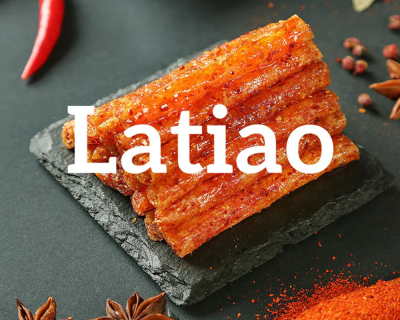
Cling Film Food Packaging: A Comprehensive Guide
Introduction
Cling film is one of the most common materials used in food packaging, especially in supermarkets and fresh food stores. It is lightweight, transparent, and highly flexible, making it suitable for both food with trays—such as meat, fish, or fresh produce—and food without trays, such as corn, cucumbers, or leafy vegetables. Beyond its protective role, cling film also plays an important part in food display and consumer convenience. With the development of modern packaging machines, cling film wrapping has become faster, more hygienic, and more consistent, helping businesses improve both efficiency and product appeal.
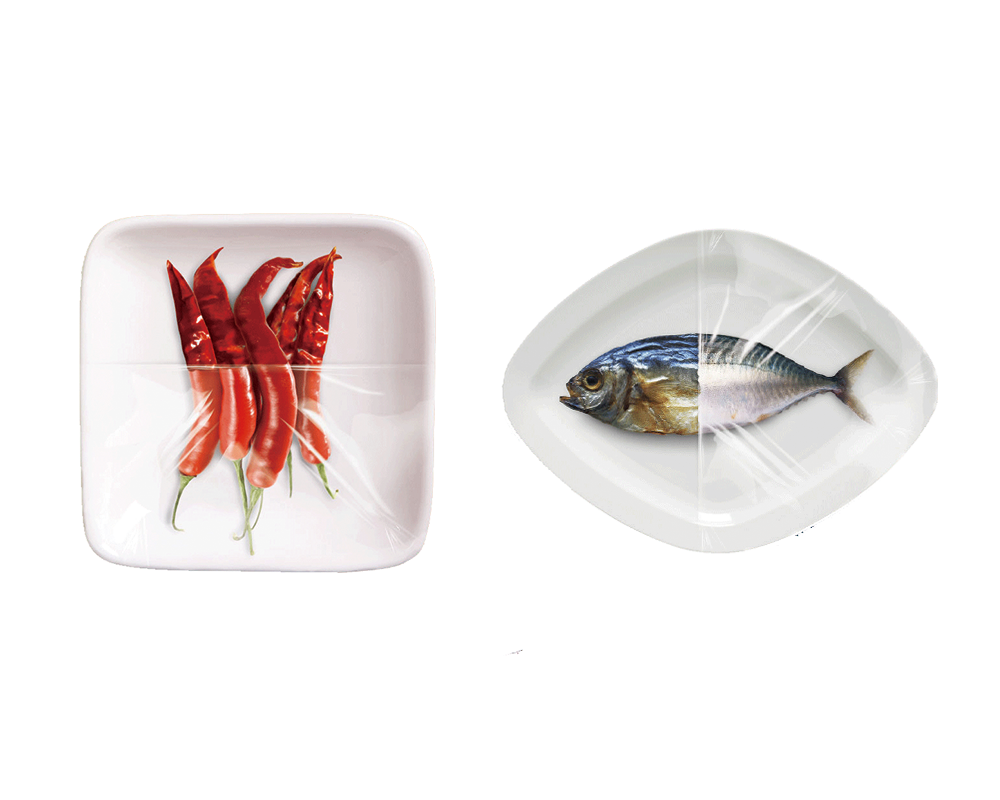
Why Cling Film is Important in Food Packaging
Cling film creates a tight and protective seal around food items, preventing direct exposure to air and contaminants. For fresh meat, poultry, fruits, and vegetables, this is crucial to slow down oxidation and dehydration. At the same time, cling film provides excellent transparency, allowing consumers to clearly see the freshness and quality of the products on display. Compared to rigid packaging, cling film is also cost-effective and adaptable to different food shapes and tray sizes.
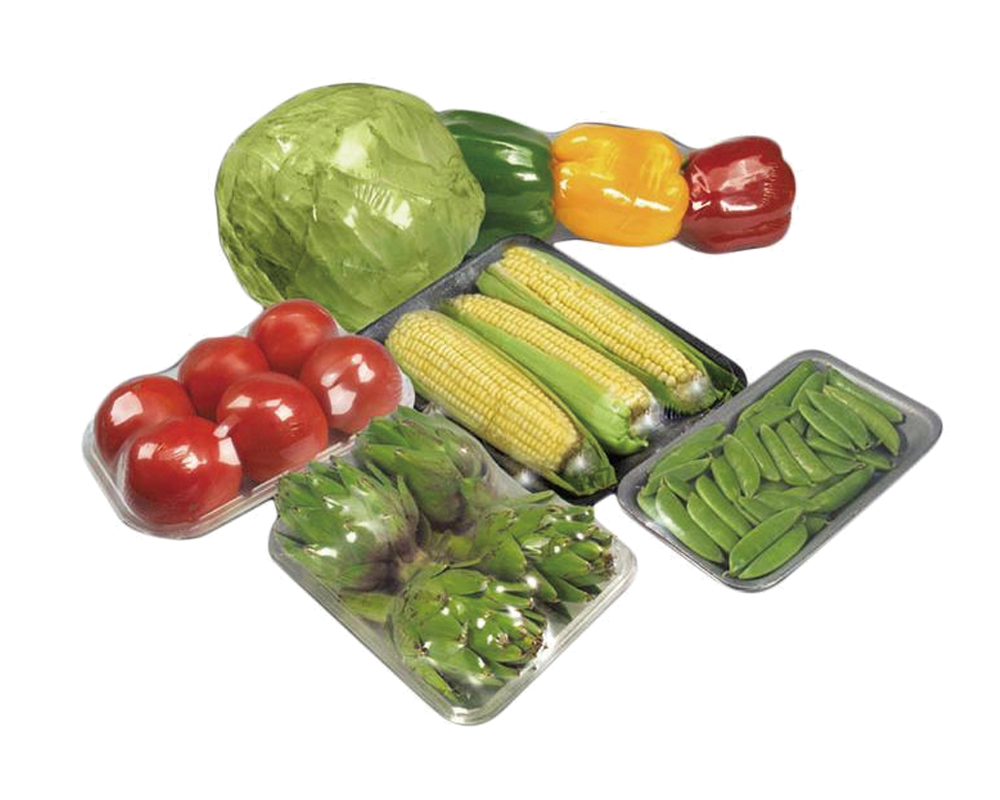
Applications in Supermarkets and Fresh Food Stores
In supermarkets, cling film packaging is most commonly seen in fresh meat sections, fruit displays, and ready-to-eat meals. Food packaged with cling film is easy to stack, transport, and sell, while giving customers confidence in hygiene. In addition to tray-packed products like sliced beef or chicken fillets, cling film is also widely used for loose produce such as corn, cucumbers, or bananas. For businesses, cling film helps maintain freshness during transport and ensures that food looks visually appealing on shelves.
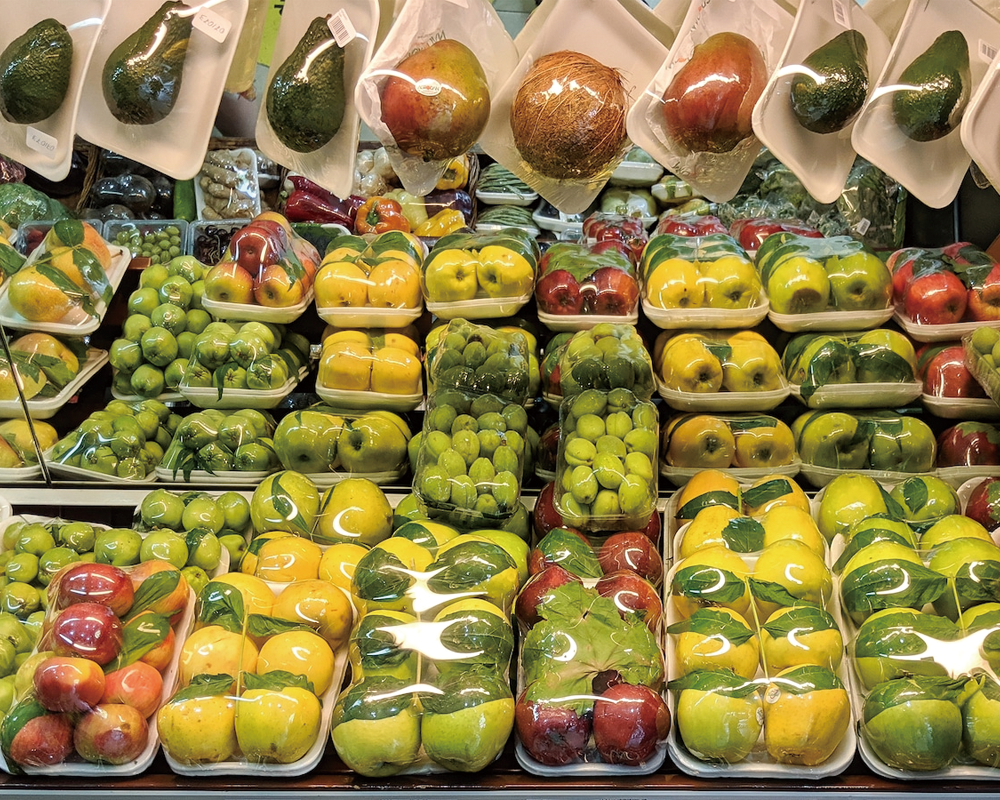
Packaging Machine Integration
While manual wrapping is still used in small-scale shops, supermarkets and food processors are increasingly adopting cling film packaging machines. These machines automatically stretch, cut, and seal cling film around trays or products, ensuring consistent wrapping. Automation not only reduces labor costs but also improves hygiene by minimizing human contact with food. Advanced models can be adjusted to fit different tray sizes, making them versatile for various food categories. In addition, many modern systems are equipped with weighing functions to ensure accurate portion control and compliance with retail standards. After wrapping, the packages can be seamlessly connected to a labeling machine, allowing product information such as weight, price, and expiration date to be applied either manually or automatically. This integration of wrapping, weighing, and labeling creates a streamlined process that enhances efficiency, traceability, and shelf-readiness.

Benefits and Limitations of Cling Film Packaging
Aspect | Benefits | Limitations |
Product Freshness | Protects against moisture loss, oxidation, and contamination | Not completely airtight, so shelf life is shorter than vacuum or MAP packaging |
Visual Appeal | Transparent, enhances product display | Film may fog under certain temperature conditions |
Flexibility | Adapts to different shapes and sizes, works with or without trays | Limited protection against physical damage |
Cost-Effectiveness | Low material cost and efficient use with machines | Not suitable for long-distance shipping of highly perishable foods |
Convenience | Easy for consumers to handle and remove | Single-use plastic raises environmental concerns |
Cling Film vs. Other Packaging Options
Compared to vacuum sealing or rigid plastic containers, cling film offers an excellent balance between cost, efficiency, and visual appeal. Although it may not provide the same extended shelf life as Modified Atmosphere Packaging , it is perfectly suitable for short- to medium-term retail storage. Its adaptability to different food categories and ease of application make it one of the most widely used packaging solutions worldwide.
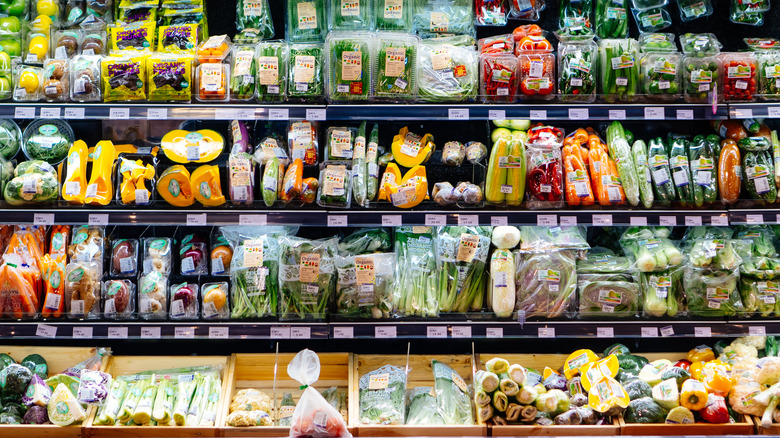
Sustainability Considerations
One of the main challenges for cling film packaging is sustainability. Since traditional cling films are made from plastic materials such as PVC or PE, they contribute to single-use plastic waste. To address this, many manufacturers are now developing biodegradable or recyclable cling films. These eco-friendly alternatives aim to maintain the same transparency and flexibility while reducing environmental impact. Businesses adopting such solutions not only meet consumer expectations but also align with global sustainability trends.
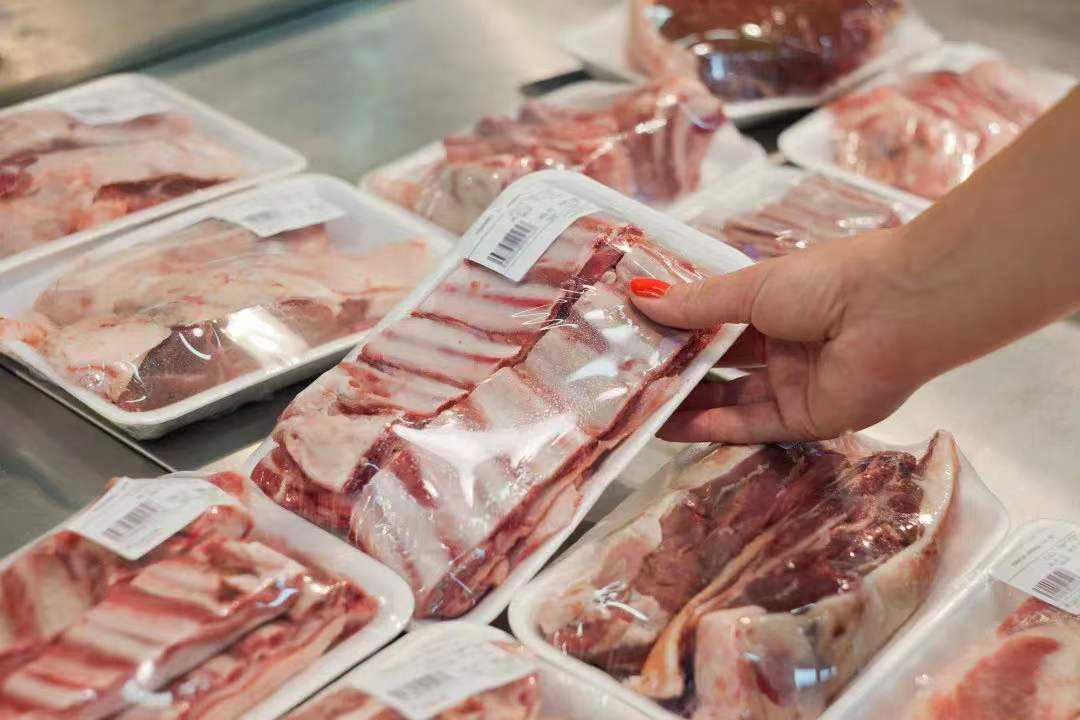
Conclusion
Cling film remains an essential packaging material in the food industry, especially for fresh food retail. Its ability to combine product protection, attractive display, and cost efficiency makes it highly practical for supermarkets and food suppliers. With the integration of automatic cling film packaging machines, businesses can achieve higher efficiency and hygiene while maintaining product appeal. Looking ahead, the evolution of eco-friendly cling films will make this packaging method even more relevant in the era of sustainable food packaging.
Get the latest price? We'll respond as soon as possible(within 12 hours)











